In the present day, almost every software or web application requires a database in the backend. The increase of transactions occurring per second and the terabytes of data stored calls for a stable and flexible framework for housing and serving up that data.
Naturally, for startups, the issue of cost also comes into the picture. But what if we told you that you can access and even build this database free of cost, with no strings attached?
Yes, you heard that right — the PostgreSQL database guarantees everything we’ve mentioned above, including a few extra perks! In this article, we’ll be going over the various aspects of PostgreSQL that allow it to stand tall in a rapidly evolving segment.
Let’s get down to brass tacks.
Check Out Our Video Guide to Understanding PostgreSQL
What Is PostgreSQL?
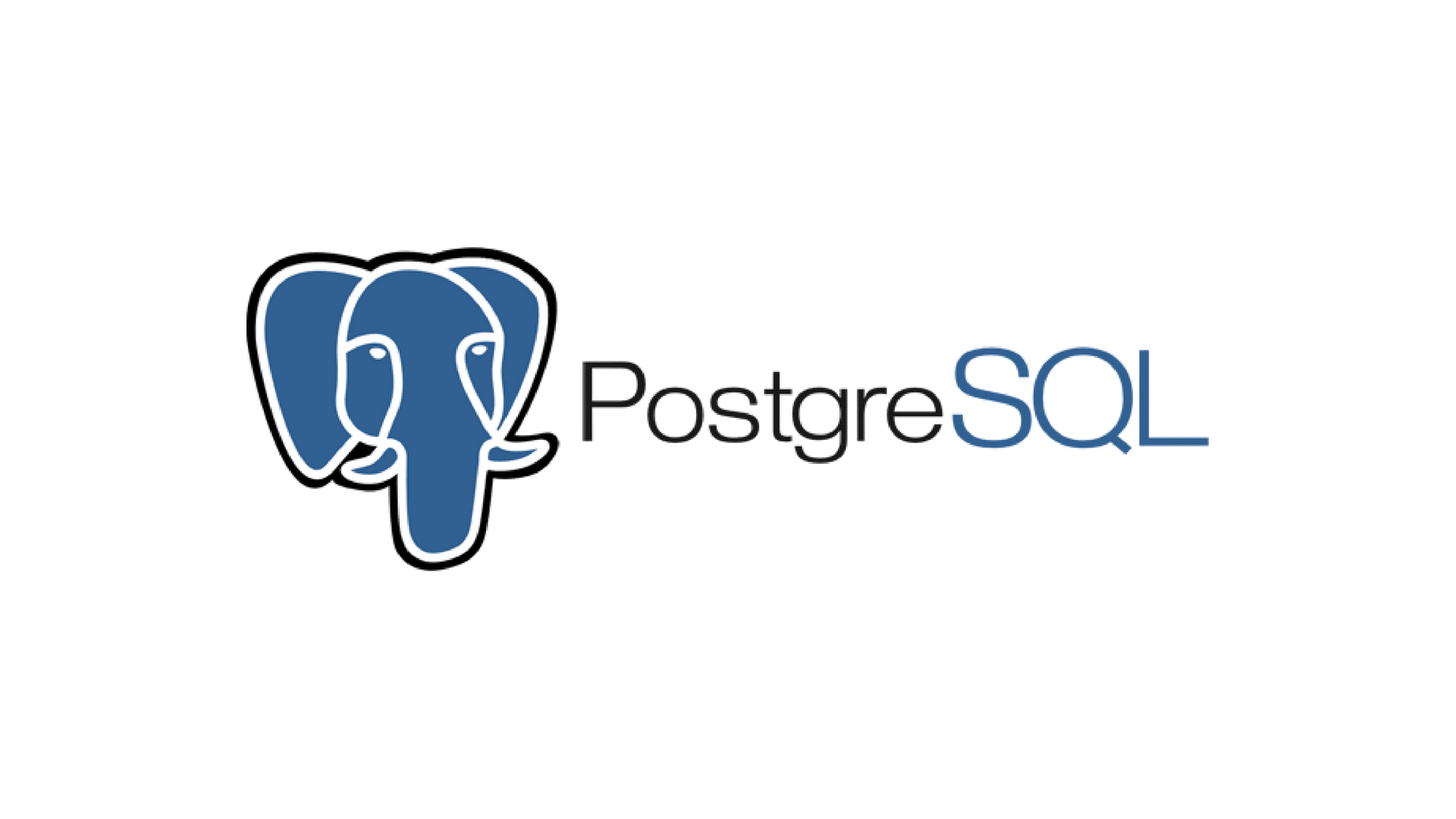
PostgreSQL is an open-source, highly stable database system that provides support to different functions of SQL, like foreign keys, subqueries, triggers, and different user-defined types and functions. It further augments the SQL language proffering up several features that meticulously scale and reserve data workloads. It’s primarily used to store data for many mobile, web, geospatial, and analytics applications.
We’ll delve deep into every aspect of PostgreSQL in this article, starting with its key features in the next section. Let’s get to work.
Key Features of PostgreSQL
There are a few key features of the PostgreSQL database that makes it unique and widely favored when compared to other databases. Currently, it’s the second-most used database, only falling behind MySQL.
Let’s take a look at these features in more detail.
Reliability and Standards Compliance
PostgreSQL offers true ACID semantics for transactions and has full support for foreign keys, joins, views, triggers, and stored procedures, in many different languages. It includes most data types of SQL like that of INTEGER, VARCHAR, TIMESTAMP, and BOOLEAN. It also supports the storage of binary large objects, including pictures, videos, or sounds. It is reliable as it has a large built-in community support network. PostgreSQL is a fault-tolerant database thanks to its write-ahead logging.
Extensions
PostgreSQL boasts several robust feature sets including point-in-time recovery, Multi-Version Concurrency Control (MVCC), tablespaces, granular access controls, asynchronous replication, a refined query planner/optimizer, and write-ahead logging. Multi-Version Concurrency Control allows for concurrent reading and writing of tables, blocking for only concurrent updates of the same row. This way, clashes are avoided.
Scalability
PostgreSQL supports Unicode, international character sets, multi-byte character encodings, and it is locale-aware for sorting, case-sensitivity, and formatting. PostgreSQL is highly scalable — in the number of concurrent users, it can accommodate as well as the quantity of data it can manage. Furthermore, PostgreSQL is cross-platform and can run on many operating systems including Linux, Microsoft Windows, OS X, FreeBSD, and Solaris.
Dynamic Loading
The PostgreSQL server can also include user-written code into itself via dynamic loading. The user can specify an object code file; for example, a shared library that implements a new function or type and PostgreSQL will load it as required. The ability to modify its operation on the fly makes it uniquely suited for implementing new storage structures and applications rapidly.
Architecture of PostgreSQL
The PostgreSQL server has a simple structure, consisting of a Shared Memory, Background Processes, and a Data Directory structure. In this section, we discuss each component, and how they interact with one another. Given below is an illustration of the PostgreSQL architecture. Initially, a request is sent by the client to the server. Then, the PostgreSQL server processes data using shared buffers and background processes. The physical file of the PostgreSQL database server is stored in the data directory.
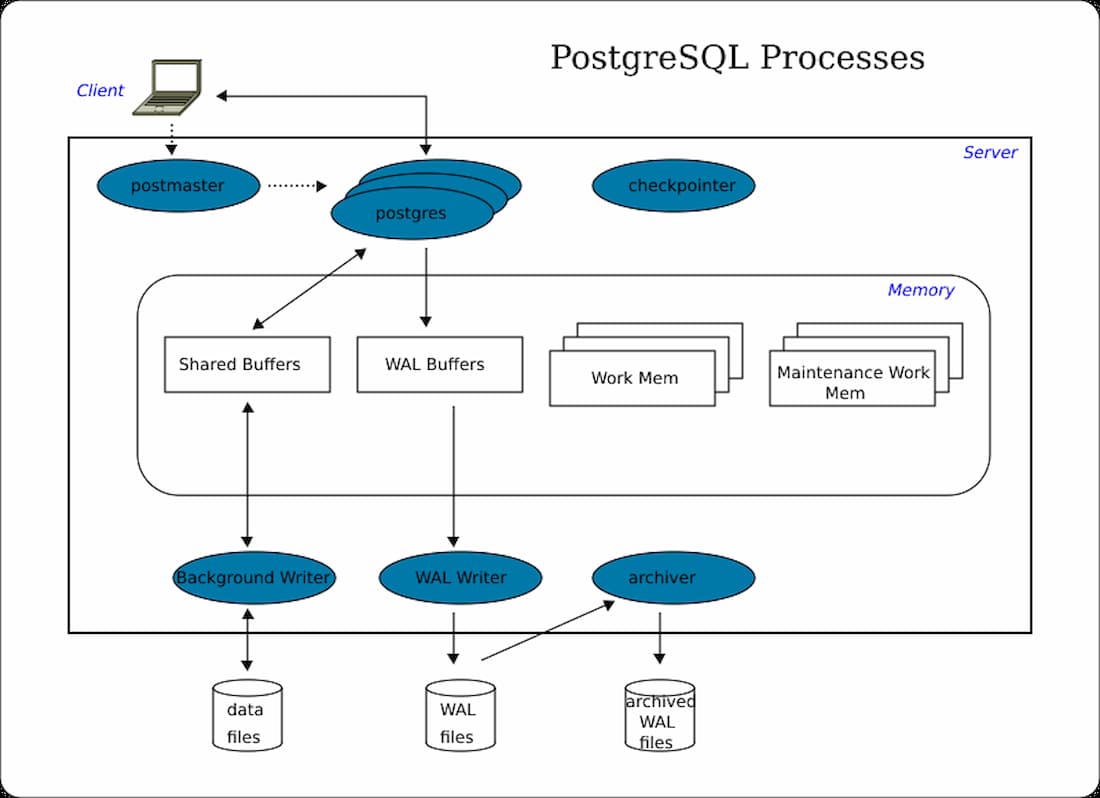
Shared Memory
The shared memory is reserved for transaction log caching and database caching. It further has elements like Shared Buffers, WAL Buffers, Work Memory, and Maintenance Work Memory. Let’s dive into each topic below.
Shared Buffers
These buffers serve to minimize the server DISK IO. To fulfill this objective, it is fair to set the value of the shared buffer as 25% of the total memory if we have a dedicated server for PostgreSQL. The default value of the shared buffers from version 9.3 onwards is 128 MB. It is imperative to try and minimize the contention when several users access it simultaneously. Frequently used blocks should be in the buffer for as long as possible. This allows it to access the data as quickly as possible.
WAL Buffers
WAL buffers temporarily store changes to the database. The WAL file consists of contents written by the WAL buffer at a predetermined point in time. WAL files and WAL buffers are significant to recover the data during backup and recovery.
Work Memory
This memory space is used for bitmap operations, sorting, merging joins and hash joins to write data into temporary disk files. The default setting from version 9.3 onwards is 4 MB.
Maintenance Work Memory
This memory slot is used for database operations such as ANALYZE, VACUUM, ALTER TABLE, and CREATE INDEX. The default setting from version 9.4 onwards is 64 MB.
Background Processes
Each background process is integral and performs a unique function to manage the server. A few important background processes are further elaborated below:
Checkpointer Process
When a checkpoint occurs, the dirty buffer is written to the file. The Checkpointer essentially writes all dirty pages from memory to disk and cleans the shared buffer area. If the database crashes, data loss can be measured by obtaining the difference between the last checkpoint time and PostgreSQL stopped time.
Background Writer Process
It updates logs and backup information. Up until version 9.1, this process was integrated along with the checkpointer process which was done regularly. However, from version 9.2 onwards, the checkpointer process was separated from the background writer process.
WAL Writer
This process writes and flushes the WAL data on the WAL buffer periodically to the persistent storage.
Archiver
If enabled, this process has the responsibility to copy the WAL log files to a specified directory.
Logger/Logging Collector
This process writes a WAL buffer to the WAL file.
Data Files/Data Directory Structure
PostgreSQL has several databases, together forming a database cluster. When initialized, template0, template1, and Postgres databases are created. The new database creation of the user is done through template databases, which consist of the system catalog tables. Although the list of tables in template0 and template1 is the same after initialization, only the template1 database can create the objects the user needs, hence the user database is created by cloning the template1 database.
The data needed for the cluster is stored within the cluster’s data directory, which is also referred to as “PGDATA”. It consists of several subdirectories. A few important ones are mentioned below:
- Global: The global subdirectory consists of cluster-wise tables such as the user database.
- Base: The Base subdirectory is the physical location of the default tablespace. It contains several per-database subdirectories, within which the system catalogs are stored.
- PID: The PID file consists of the current postmaster process ID (PID).
- PG_VERSION: This subdirectory consists of the database version information.
- PG_NOTIFY: This subdirectory contains the LISTEN/NOTIFY status data. These files can be useful for troubleshooting.
Why Use PostgreSQL?
In addition to providing an array of features like indexes, views, and stored procedures, PostgreSQL has a lot more to offer, namely:
- Language Support
- Open-Source
- Object-Relational Database
- Performance
- Extensibility
- Load balancing Capabilities
- Reliability
- Internationalization
Let’s examine these in more detail.
Language Support
PL/PGSQL is a native procedural language provided by PostgreSQL which has different modern features. It backs the JSON data type which is lightweight and ensures the flexibility included in a single package. As a result, PostgreSQL supports several programming languages and protocols including Perl, Ruby, Python, .Net, C/C++, Java, ODBC, and Go.
Open-Source
It’s free and open-source — this is by far the most significant benefit of PostgreSQL. It has been backed by more than 20 years of community development, which in turn has contributed to its high level of integrity. Its source code is available under an open-source license that allows you to use, modify and implement it however you see fit – at no extra cost.
Object-Relational Database
Objects, classes, and function overloading are directly supported in PostgreSQL. It is possible to extend data types to create custom data types, due to their object-oriented characteristics. This guarantees high flexibility for developers operating with complex data models that require database integration.
Table inheritance is another feature supported by PostgreSQL due to its object-oriented characteristics. The child table can inherit the columns from its parent table, in addition to the other columns that the child table possesses, making it different from itself.
Performance
Write operations in PostgreSQL can be performed concurrently without the need for read/write locks. Indexes are used to speed up queries when dealing with large amounts of data, which allows databases to find a specific row without having to cycle through all of the data.
With PostgreSQL, you can even create an expression index, which works on the result of an expression or a function rather than just the value of a column. Partial indexing is also supported, wherein only a part of the table is indexed. It also supports parallelization of reading queries, Just-in-time (JIT) compilation of expressions, and nested transactions (via savepoints) ensuring great performance and efficiency.
Extensibility
PostgreSQL is highly extensible as its operation is catalog-driven, i.e. information is stored in databases, columns, tables, etc. PostgreSQL not only holds an increased amount of information in its catalogs but also details on the data types, access methods, functions, and so on. You can even go as far as to write your codes from different programming languages without recompiling your Database, and define your data types.
Load Balancing Capabilities
It guarantees high availability and load balancing through standby server operation, continuous planning, preparing the primary for standby servers, setting up a standby server, streaming replication, replication slots, cascading replication, and continuous archiving in standby. Additionally, PostgreSQL supports synchronous replication, where two database instances can run at the same time and the master database is synchronized with a slave database simultaneously, further ensuring high availability.
Reliability
In addition to storing data securely and allowing the user to retrieve the data when the request is processed, it is backed by a community of contributors that regularly find bugs and try to improve the software, making PostgreSQL reliable.
Internationalization
The process of designing software so that it may be utilized in a range of regions is known as internationalization. It supports international character sets through multi-byte character encodings, ICU collations, Unicode, and it is locale-aware for sorting, formatting, and case sensitivity. Viewing PostgreSQL-generated messages in the language of your choice is an example of Internationalization.
When To Use PostgreSQL
Do you need to build complex queries and relationships that need to be frequently updated and consistently maintained in the most cost-effective way possible? PostgreSQL might be a suitable option. Not only is PostgreSQL free, but it is also Cross-Platform, and not just limited to the Windows operating system. If you want to analyze data, PostgreSQL provides a vast amount of regular expressions as a basis for analytical work.
It is also one of the finest databases when it comes to CSV support. Simple commands like “copy from” and “copy to” help in the fast processing of data. If there is an import issue, it will throw an error and stop the import immediately. The following sections will cover some of the most common applications of PostgreSQL in the modern world. Let’s begin.
Government Geospatial Data
The PostGIS Geospatial database extension add-on for PostgreSQL is undoubtedly beneficial. When used along with the PostGIS extension, PostgreSQL supports geographic objects and can be utilized as a geospatial data store for geographic information systems (GIS) and location-based services.
Financial Industry
PostgreSQL is an ideal DBMS system for the financial industry. Since it is fully ACID compliant, it is an ideal choice for OLTP (Online Transaction Processing) as these databases need to be written, read, and updated frequently, along with an emphasis on fast processing. It is also apt in executing database analytics. It can be integrated with any software that carries out mathematical operations such as Matlab and R.
Scientific Data
Scientific data require terabytes of data. It is imperative to handle the data in the most efficient way possible. PostgreSQL provides wonderful analytics and a powerful SQL engine. This helps to manage a large amount of data with ease.
Web Technology
Websites often deal with hundreds or thousands of requests per second. If the developer is looking for a cost-effective and scalable solution, PostgreSQL would be the best fit. PostgreSQL can run dynamic websites and apps as part of a robust alternative to the LAMP stack, i.e. the LAPP stack. (Linux, Apache, PostgreSQL, PHP, Python, and Perl)
Manufacturing
Many startups and large enterprises use PostgreSQL as the main data storage solution for products, solutions, and internet-scale applications. Supply chain performance can be optimized by using this open-source DBMS as a storage backend. As a result, this allows companies to reduce the operation cost of their business.
Operational Challenges of PostgreSQL
We’ve only sung PostgreSQL’s praises in this article so far, so it’s only fair that we show you a couple of shortcomings that you might stumble upon while dabbling with PostgreSQL. Here are a few operational challenges that you might come across during the process of PostgreSQL adoption.
- Lack of a Mature Database Ecosystem: PostgreSQL boasts one of the fastest-growing communities but as opposed to traditional database vendors, the PostgreSQL community does not have the comfort of a developed database ecosystem.
- The Dearth of Expertise: PostgreSQL is often coupled with various databases, such as MongoDB. Now, each database needs specialized prowess, and hiring technical staff with the desired PostgreSQL proficiency can be a tall order to fill. Along with management tools for PostgreSQL, database experts and DevOps teams need to tackle various databases from multiple vendors. This can be difficult to manage when you can’t switch between existing processes.
- Inconsistency: Since PostgreSQL is an open-source tool, different IT development teams within an organization can start leveraging it organically. This might lead to another roadblock- lack of a single point of knowledge for all instances of PostgreSQL within the IT environment. Another problem that might stem from different teams trying to solve the same problem is duplication and redundancy of work.
Key Alternatives of PostgreSQL
Here are a few key alternatives of PostgreSQL that you can leverage for your WordPress website.
MySQL
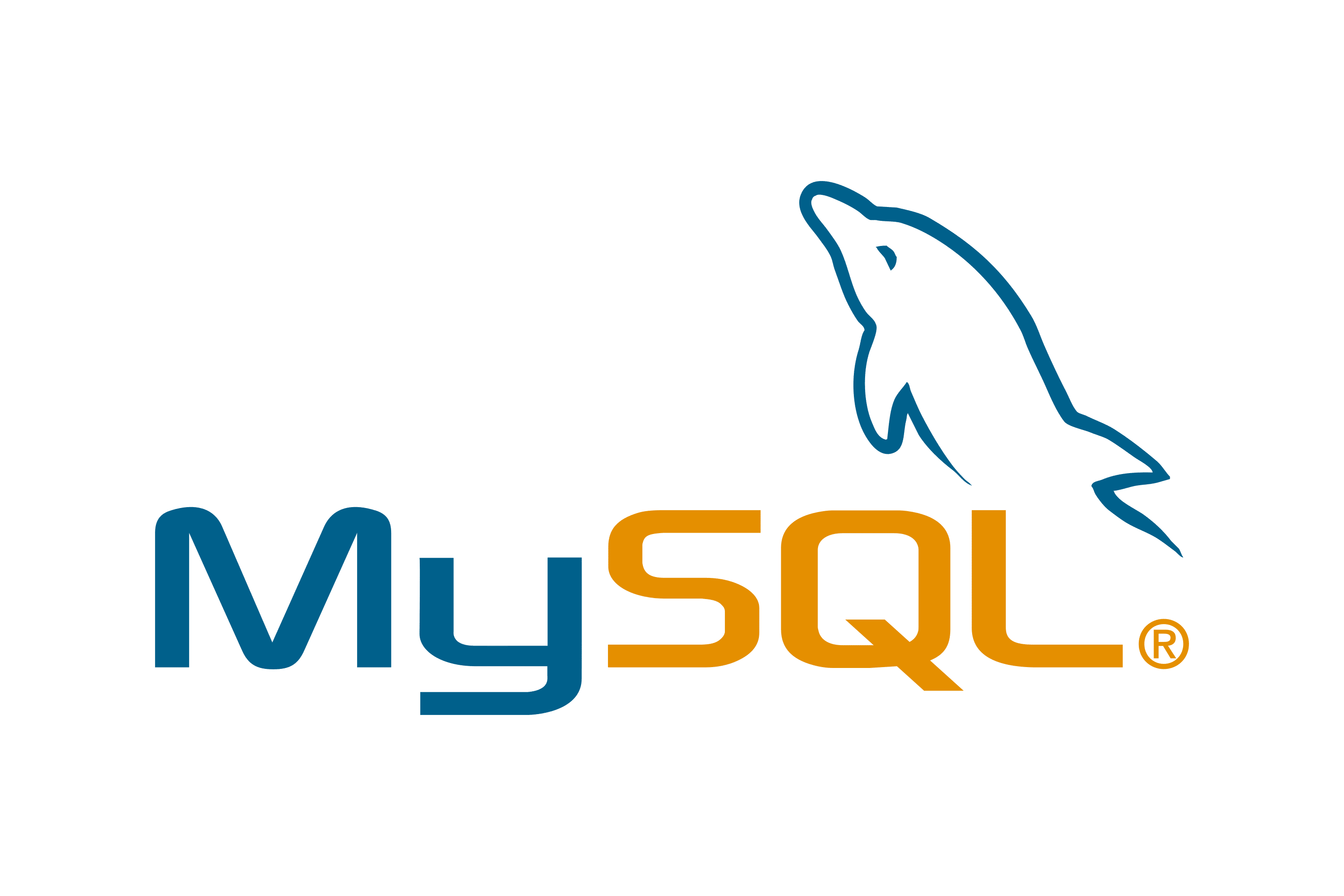
When you think of databases, your mind instantly prances to MySQL. It was a fairly ubiquitous option for developers for a very long time before viable alternatives started popping up. It was used by well over 39% of developers back in 2019. Even though it lacks the versatility of PostgreSQL, it can still come in handy for various use cases like scalable web applications.
MySQL has been maintained by Oracle ever since its inception in 1995. Oracle also offers elite versions of MySQL with proprietary plugins, supplementary services, extensions, and robust user support. To better understand MySQL, you need to have a better understanding of client-server models and relational databases. Simply put, your data is partitioned into various separate storage areas also known as tables, as opposed to unloading everything in a solitary big storage unit. This is the essence of a relational database.
Apart from being a reliable and solid database platform, it is fairly easy to master. The learning curve isn’t as steep as some of its contemporaries since you don’t need to have a complete grasp of SQL to start working with MySQL.
If you leverage WordPress for your website and want to understand how to make MySQL run faster, your best bet would be to refine your database to align with how you use WordPress. In technical terms, this is known as a MySQL Performance Tune. The obvious advantage of optimizing MySQL is shorter loading times along with an overall quicker website. Apart from this, if you maintain your database properly, you should see a steady improvement in your growth even as it expands.
MariaDB
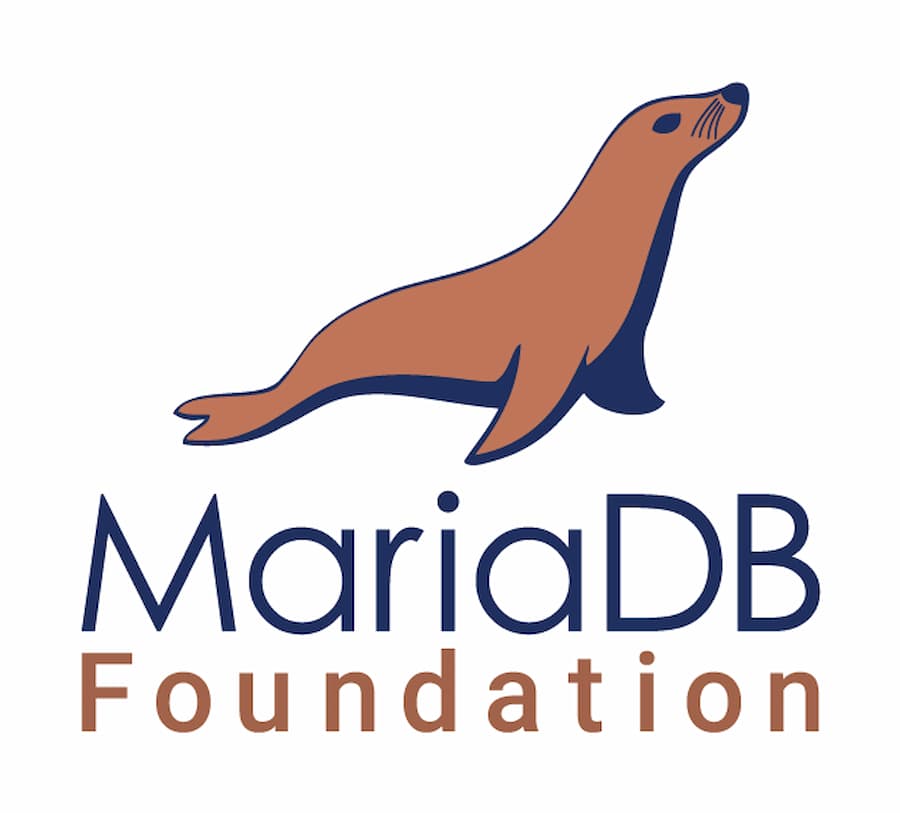
MariaDB is a commercially supported fork of the MySQL Relational Database Management System that boasts a fundamentally distinct approach to meeting the needs of the modern world. MariaDB’s purpose-built and pluggable storage engine offer support for workloads that previously needed a vast array of specialized databases. This allows it to be a one-stop shop for organizations, be it on the cloud or commodity hardware they like.
You can deploy MariaDB within minutes for analytical, transactional, or hybrid use cases to deliver unrivaled operational dexterity without surrendering key enterprise features. This includes full SQL and real ACID compliance.
MariaDB offers the following products to its users:
- MariaDB Enterprise: MariaDB Enterprise is an absolute, production-grade open-source database solution that can tackle analytical, transactional, or hybrid analytical/transactional workloads with elegance. MariaDB Enterprise also possesses the ability to scale from columnar and standalone databases to fully distributed SQL databases that can perform millions of transactions per second. It also allows you to carry out interactive, makeshift analytics on billions of rows.
- MariaDB Community Server: MariaDB Community Server is the open-source relational database leveraged by a vast majority of developers today. Not only is the MariaDB Community Server compatible with Oracle, MySQL, and various other databases, it is also guaranteed to stay open-source forever. Salient features include columnar storage for analytics, modern SQL, pluggable storage engines, and high availability.
- MariaDB SkySQL: SkySQL is known as a Database-as-a-Service (DBaaS) offering that brings the complete power of MariaDB Enterprise to the cloud along with its support for analytical, transactional, and hybrid workloads. SkySQL is built on Kubernetes and revamped for cloud services and infrastructure. SkySQL has made a name for itself in this space by combining self-service and ease-of-use with top-notch support capabilities and enterprise reliability. Pretty evident from the last statement, this comprises everything that is needed to safely run pivotal databases in the cloud coupled with enterprise governance.
Owing to its compatibility with MySQL, you can leverage MariaDB as a “stand-in” for MySQL with virtually no consequences.
Best Practices for Your Database
When you think about beginner-friendly platforms for first-time website owners, you’re probably thinking about WordPress. WordPress lets you achieve a lot without any prior coding experience. However, to extract maximum value from WordPress, you still need to have a clear understanding of how some of its basic elements function. For example, if you’ve been utilizing WordPress for your website for quite some time now, it is probably a good time to gain an understanding of how WordPress databases function.
This immediately prompts a common question, why does WordPress need a database after all? It might not look like it, but there’s more to WordPress than meets the eye. There’s a lot of legwork going on behind the scenes to make it function efficiently, irrespective of your website size.
To delve deeper, you need to know that a WordPress website is made up of a lot of different types of data. Now it’s a no-brainer that all this information gets stored in a consolidated WordPress database. This database is integral for your WordPress website, saving all the changes you or your visitors make and allowing your website to run seamlessly. Here’s some data that is collated in your WordPress database:
- Organizational information such as tags and categories.
- Site-wide settings.
- Pages, posts, and related content.
- Theme and plugin-related data.
- User comments and data.
When you install a WordPress website, a part of the process is creating a database for it. Usually, this takes place automatically. However, there is a provision if you want to create a database manually, or even leverage an existing database with a new website.
The following section will talk about the recommended practices for your WordPress database.
Using a Database Management Tool
The basic function of Database Management tools is to let you look at the contents of your database. For a database to function smoothly, leveraging a database management tool could be your best bet. In general, database management tools consolidate functions that meet the needs of three distinct database professionals:
- Database analysts can extract the data from multiple sources. This is followed by cleaning, integrating, and preparing the data for analysis. For database analysts, having the ability to collaborate on datasets and queries without having to rely on IT for access is an integral requirement.
- Database developers need tools that allow them to write high-quality code the first time and maintain it seamlessly. Database developers value collaboration and automation tools for programming. This allows them to condense development cycles without escalating risk.
- Database administrators leverage tools devised to track database performance and health. They tackle tasks from unraveling and diagnosing performance obstructions to executing changes in the database schema.
When scouring the market for a database management tool that meets your business requirements, you should look for tools that can bring testing, database development, and deployment tasks into the continuous delivery and continuous integration process making it easier to keep up with application development.
An effective database management tool should also allow data visualization from tabular results into charts, histograms, and graphs, with easy distribution to decision-makers. It should also help admins locate problems before they occur in production by zeroing in on SQL statements and applications that don’t scale well with the increase in transaction volume.
Adminer (previously known as phpMinAdmin) is a free, open-source database management tool that offers tons of useful features and a more elegant UI (User Interface). You can easily deploy this handy database management tool on your server, and all you need to do is upload its single PHP file, point your browser to it, and log in.
Using a Database Plugin
If you want to assess the quality of a website, look no further than its database. Every grain of information associated with your website finds its way to your WordPress database. Some of it is crucial, while some of it is just holding you back. This would include bad tables, old drafts, spam comments. To prevent them from hindering your website, you need to bring in WordPress database plugins.
Database plugins can come in various forms. Some plugins can be used to clean the database of junky files on a monthly or weekly basis. Other plugins can be leveraged to backup your database before making changes, for instance, during a migration. Apart from improving your website speed, you can use database plugins to provide a more efficient user experience while improving your chances of ranking higher on search engines.
Diagnosing and Repairing Your Database
As a WordPress user, you’ve probably had your run-in with a couple of nagging WordPress errors. Here’s one of the most common error messages you might have encountered:
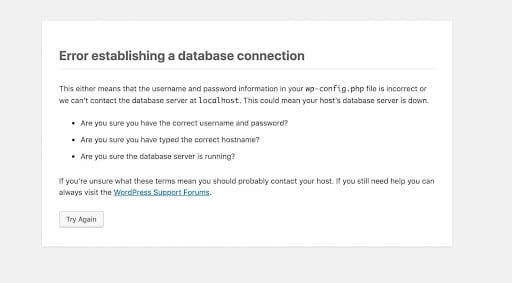
The importance of fixing your database should be pretty obvious. Not only do WordPress errors hamper the proper functioning of your website, but they can have a detrimental effect on the consumer experience. Failed installations and updates, downtime, and missing resources can leave a dent in your earning potential and hurt your credibility.
Summary
PostgreSQL is an open-source and free relational database management system that focuses on SQL compliance and extensibility. Riding on the back of 30+ years of active development, PostgreSQL is one of the most widely used open-source database tools across the globe.
In this article, we covered some of the salient features of PostgreSQL, PostgreSQL’s architecture, its use cases, benefits, operational challenges, and key alternatives. We wrapped it up with a few recommended practices to keep your WordPress database in peak condition while you continue to scale up.



